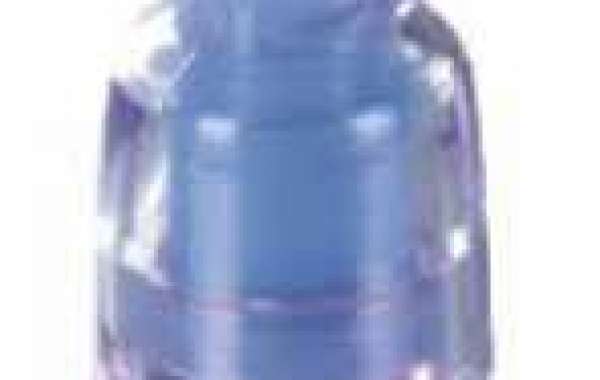Clinical infusion connectors are divided into heparin caps (with needles) and needleless infusion connectors. It is an indispensable additional device to connect the infusion channel (indwelling needle, CVC, PICC, etc.) into the patient's blood vessel and infusion set or syringe. In the era of needle-free infusion joints, the connection method of the steel needle puncture rubber plug was cancelled, and the needle system was changed to a needle-free system. After disconnecting the infusion set or syringe, a closed and wipeable sterile infusion system can be guaranteed. The advantage is that there is no need to use needles to avoid the occurrence of needle stick injuries by medical staff.
Main points of care in the use of needleless infusion joints
- Use appropriate disinfectant (75% ethanol, iodophor, 2% chlorhexidine) to wipe the cross section and periphery of various interfaces to ensure the safety of the connection between the sterile infusion connector and the catheter.
- When sterilizing the infusion connector, it is emphasized that there must be a certain frictional force, and mechanical rubbing should be performed for at least 15 seconds, depending on the design of the needleless connector, so that the microorganisms attached to the rough surface of the infusion connector can be removed.
- Make sure that the infusion joint is consistent with all parts of the infusion device system, and the connection is tight, reducing liquid leakage and damage.
- If there is blood, TPN and other residues in the infusion connector, the integrity is damaged or the infusion connector is removed, the infusion connector should be replaced.
- The optimal interval time of the needleless infusion connector is uncertain, it is recommended to replace it at least every 7 days. ("Practice Guidelines and Implementation Rules for Infusion Treatment Nursing").
- When replacing the new vascular access device (VAD) and drug delivery device, replace the additional device (infusion street) together.
- The frequency of replacing needle-free connectors should not be too frequent, generally no more than 96 hours apart. Too frequent replacements have no benefit, but increase the risk of CLABSI.
It is emphasized that the needleless connector should be replaced in the following situations:
1) The needleless connector was removed for any reason;
2) It is found that there is residual blood or other residues in the needleless connector;
3) Before drawing blood culture from the vascular access device (VAD);
4) When it is determined to be contaminated;
5) In accordance with the organization's policies, procedures (current domestic guidelines), and / or practical guidelines or according to the manufacturer's instructions.
- If the end of the infusion connector is designed with a screw port, the components that are compatible with it should also be designed with a screw port.
Yuhuan Shengjiu Mould Co., Ltd. is a professional China manufacturer and supplier of needleless infusion joints. It is suitable for medical Needleless Injection Site application. And provide customers with a complete mould configuration program to help and improve the production of disposable medical equipment. According to the requirements of the market and customers, Shengjiu has developed a new type of medical mould with a full hot runner system, and developed a variety of new scientific medical equipment for customers. Welcome to consult and order: https://www.medicalmould.net/product/














